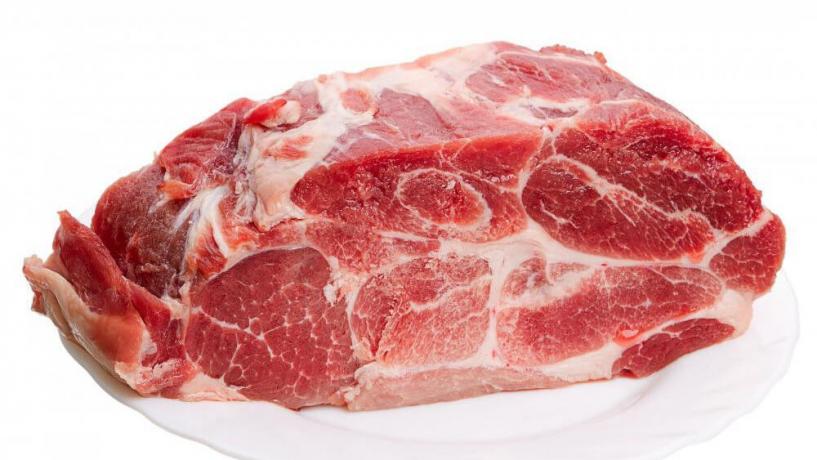
Australia’s meat industry is under a cloud of suspicion following questions raised by American consumer rights group Food and Water Watch. The organisation has suggested that Australia’s meat inspection procedures may put American consumers at risk.
Australia Institutes Various Meat Safety Schemes
In the late 1990s, Australia instituted the Meat Safety Enhancement Program. This scheme replaced most government inspectors working in red meat plants with company-paid inspectors. Under the scheme, inspectors employed by the Australian Quarantine and Inspection Service (AQIS) are placed at the end of the production chain in businesses exporting their meats.
This measure satisfies American requirements for inspection by government officials. In addition, exporting meat producers are subject to regular AQIS audits. The plan, dubbed Australian Export Meat Inspection System saves the Australian government approximately $30 million each year compared to earlier models.
In 1999, the US Department of Agriculture accepted that Australia’s revamped meat inspection system was roughly equivalent to its own. In 2011, the American department reaffirmed this equivalency status for beef, sheep, and goat exporters.
Food Safety the Responsibility of Government Bodies
However, six months ago Food and Water Watch said Australia’s meat inspection protocols could compromise the safety of Americans. The group declared food safety is the responsibility of government bodies, not private meat companies. More recently, Food and Water Watch has stepped up its complaints. In a letter to Tom Vilsack, America’s agriculture secretary, it said problems with the privatised inspection system have not improved. Furthermore, it claimed the current system has led to more unsafe Australian meat entering America than ever before.
Australia has exported more than 250 million kilos of red meat to the United States since 2010, making it one of the America’s key meat sources.




